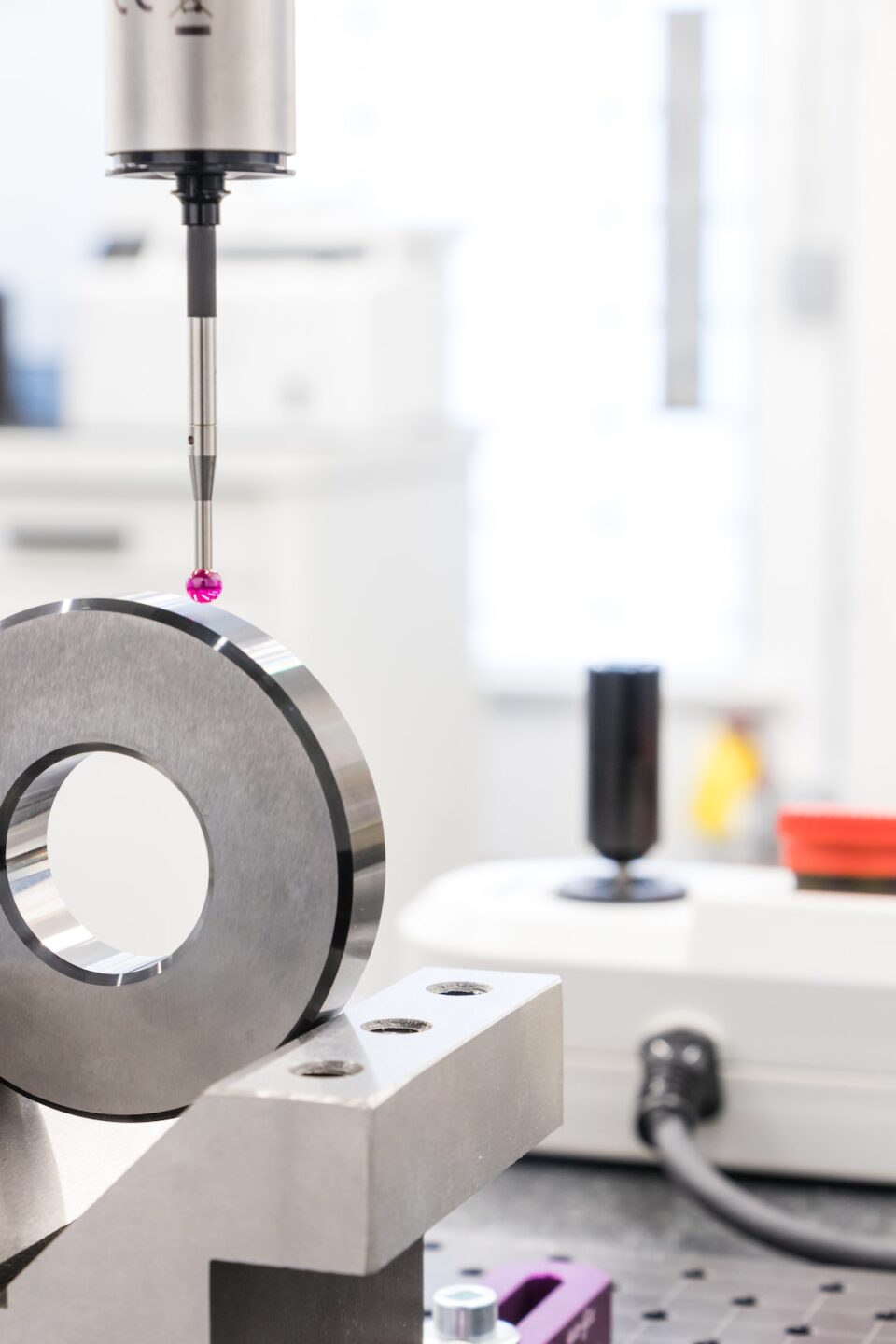Implementing Six Sigma Methodology for Quality Improvement in Manufacturing
In today’s competitive business environment, manufacturers are constantly striving to improve their product quality while reducing defects and waste. One methodology that has gained significant popularity and success in the manufacturing industry is Six Sigma. Developed by Motorola in the 1980s, Six Sigma is a data-driven approach that aims to find and eliminate defects in processes by reducing variation and improving overall quality.
So, how can implementing Six Sigma methodology help manufacturers improve quality?
Firstly, Six Sigma focuses on identifying and measuring key process metrics, also known as Key Performance Indicators (KPIs). These metrics help to quantify the current performance and identify areas of improvement. By objectively measuring these KPIs, manufacturers can identify the root causes of defects and waste, allowing them to take targeted actions to address them. For example, by measuring the defect rate in a manufacturing process, manufacturers can pinpoint the steps or components that are causing the defects and implement corrective actions.
Secondly, Six Sigma uses statistical analysis to understand the variation within processes and identify the sources of variation. It utilizes various statistical tools, such as control charts, process capability analysis, and hypothesis testing, to analyze data and make data-driven decisions. By understanding and reducing variation, manufacturers can ensure consistency in their processes and improve product quality. This, in turn, leads to customer satisfaction and brand loyalty.
Thirdly, implementing Six Sigma methodology involves a structured approach known as DMAIC (Define, Measure, Analyze, Improve, Control). This approach provides a roadmap for manufacturers to follow during their quality improvement initiatives. It ensures that manufacturers have a clear understanding of their goals, gather accurate data to measure their current performance, analyze data to identify root causes, implement improvement measures, and establish control mechanisms to sustain the improvements. The DMAIC approach helps manufacturers in maintaining a systematic and continuous improvement process, leading to a culture of quality within the organization.
Furthermore, Six Sigma encourages cross-functional collaboration within the organization. It brings together different departments, such as production, engineering, quality control, and operations, to work collectively towards the common goal of improving quality. This collaboration allows for knowledge sharing, innovation, and identification of improvement opportunities throughout the manufacturing process.
In conclusion, implementing Six Sigma methodology can greatly benefit manufacturers in their quality improvement initiatives. By focusing on key process metrics, using statistical analysis to understand and reduce process variation, following a structured approach like DMAIC, and fostering cross-functional collaboration, manufacturers can achieve significant improvements in quality and thereby gain a competitive edge in the market. With its emphasis on data-driven decision-making, Six Sigma provides manufacturers with a systematic and effective approach to quality improvement in manufacturing.

